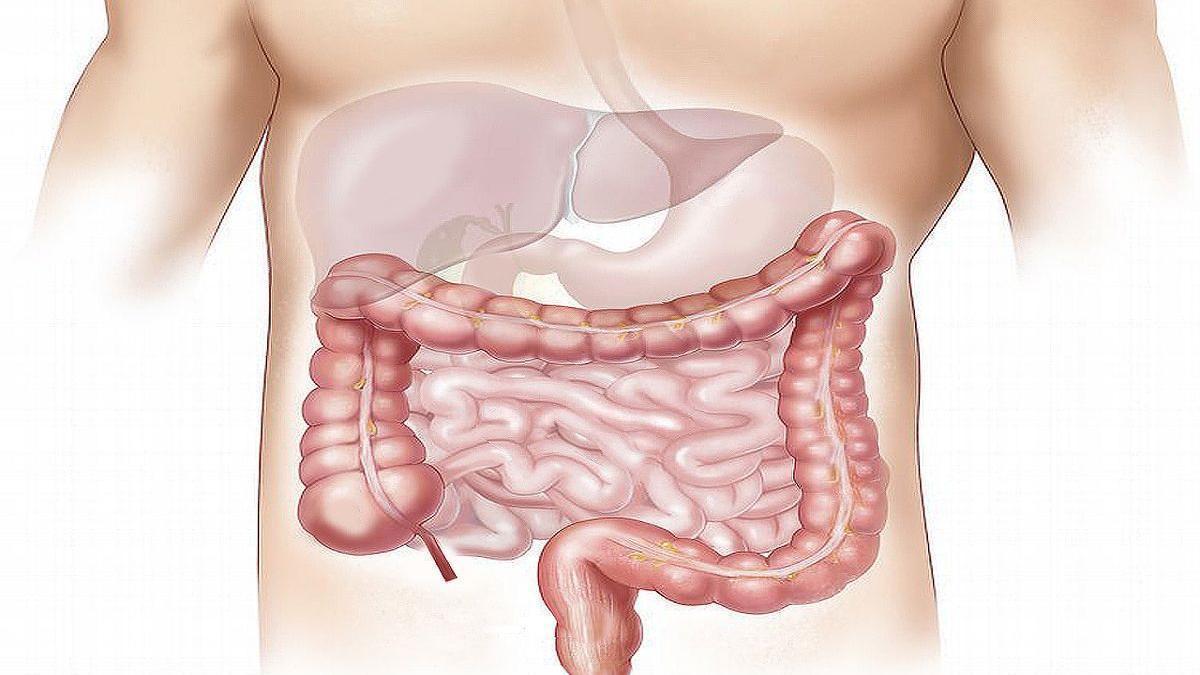
The Mortality by cancer colon and straight In Spain it is being reduced (from 37.9 to 30.4 cases per 100,000 people/year), according to the data provided by the Spanish Network of Cancer Registries (Redecan) and the Spanish Society of Medical Oncology (SEOM).
It is estimated that in 2025 44,573 new cases of colon and rectum cancer will be counted. This incidence is practically maintained if we compare it with 2004 data, where 84.2 cases were recorded per 100,000 people/year.
It's about cancer more frequent in the set of both sexes and supposes 15.1% of all new cases of cancer in the Spanish population. For every 2 cases of colon and rectum cancer in women, 3 cases are diagnosed in men.

Colon cancer in Spain, in data / Seom
41.2% of the new cases of colon cancer occur in the population between 50-69 years. Therefore, oncologist Hidden blood test every two years between 50 and 69 years.
“If in your family there are family history of colon and rectum cancer, consult your doctor to assess whether it is necessary to perform any more action,” the specialists emphasize.
The test to detect colon cancer
It is the hidden blood test in quantitative immune feces (TSOHI) made in a single sample. The experts clarify that it is a simple feces analysis, “whose sample takes is done in the home itself and is delivered in the health center to be referred to the laboratory.”
Blood is not visible to the naked eye, so this test is fundamental. You can alert about the presence of injuries (polyps) that is necessary to explore and treat. In the event that the screening test is positive, it will be necessary to assess with your primary care doctor or nurse the indication of the confirmation test that is the screening of screening.
Radiotherapy against colonortal cancer
The Radiation Oncology Play a fundamental role in the treatment of colorectal cancer. There are advanced techniques, such as high dose radiotherapy in small points, known as SBRT (body stereotactic radiotherapy), which allows you to treat metastasis, even those located in adenopathies, offering better local control of the disease and improve the patient's quality of life.
“This is especially relevant in the treatment of rectus cancer. In the case of locally advanced colon tumors, the Combination of radiotherapy and chemotherapy It is essential, since it helps to control the disease, reduce the size of the tumor and microscopic disease before surgery, “the newspaper explains to this newspaper Doctor Sigfredo RomeroCoordinator of the Group of Digestive Tumors of the Spanish Society of Radiation Oncology (Seor).
Today, treatment in cases of straight cancer Locally advanced is usually neoadjuvant, that is, it is applied before surgery.

Colon cancer, silent disease / EPE
This allows to reduce the tumor and improve surgery, reducing risks and improving the patient's quality of life. In addition, “we have protocols such as TNT (total neoadjuvant therapy) in which we combine radiotherapy and chemotherapy before surgical intervention. In many cases, the tumor is reduced so much that surgery can be less invasive or even avoid,” specifies.
Intraoperative radiotherapy has a specific use in straight cancer, especially when surgical margins are compromised or the risk of recurrence is high. High dose radiotherapy is managed directly during surgery, which helps reduce local recurrence.
“There are risk factors that can influence colorectal cancer, these can be avoidable and/or modifiable,” says Dr. Pilar Esteban, responsible for the Fead Nutrition Committee. Among them are tobacco, alcohol, overweight, poor diet or sedentary lifestyle, among others.
However, “there are non -avoidable risk factors such as age (greater risk from 50 years), family history (the more risk the most direct is the family, the more familiar they have had colorectal cancer and the younger the affected relative) and having suffered some other tumor or chronic diseases related to the colon, such as ulcerative colitis, Crohn's disease, pathologies in which multiple polyps in the colon are developed in the colon Hereditary, ”says the expert.
How technology has improved cancer treatment
In Spain, new technologies such as prototherapy and radiotherapy guided by magnetic resonance (RM) have been incorporated.
Magnetic resonance allows more precise planning, since “we can adapt radiotherapy in real time, which reduces treatment margins and protects nearby organs that should not receive high doses of radiation, such as bladder or thin intestines.”
These innovations have allowed improving the precision of treatments, which not only improves effectiveness, but also the quality of life of patients.